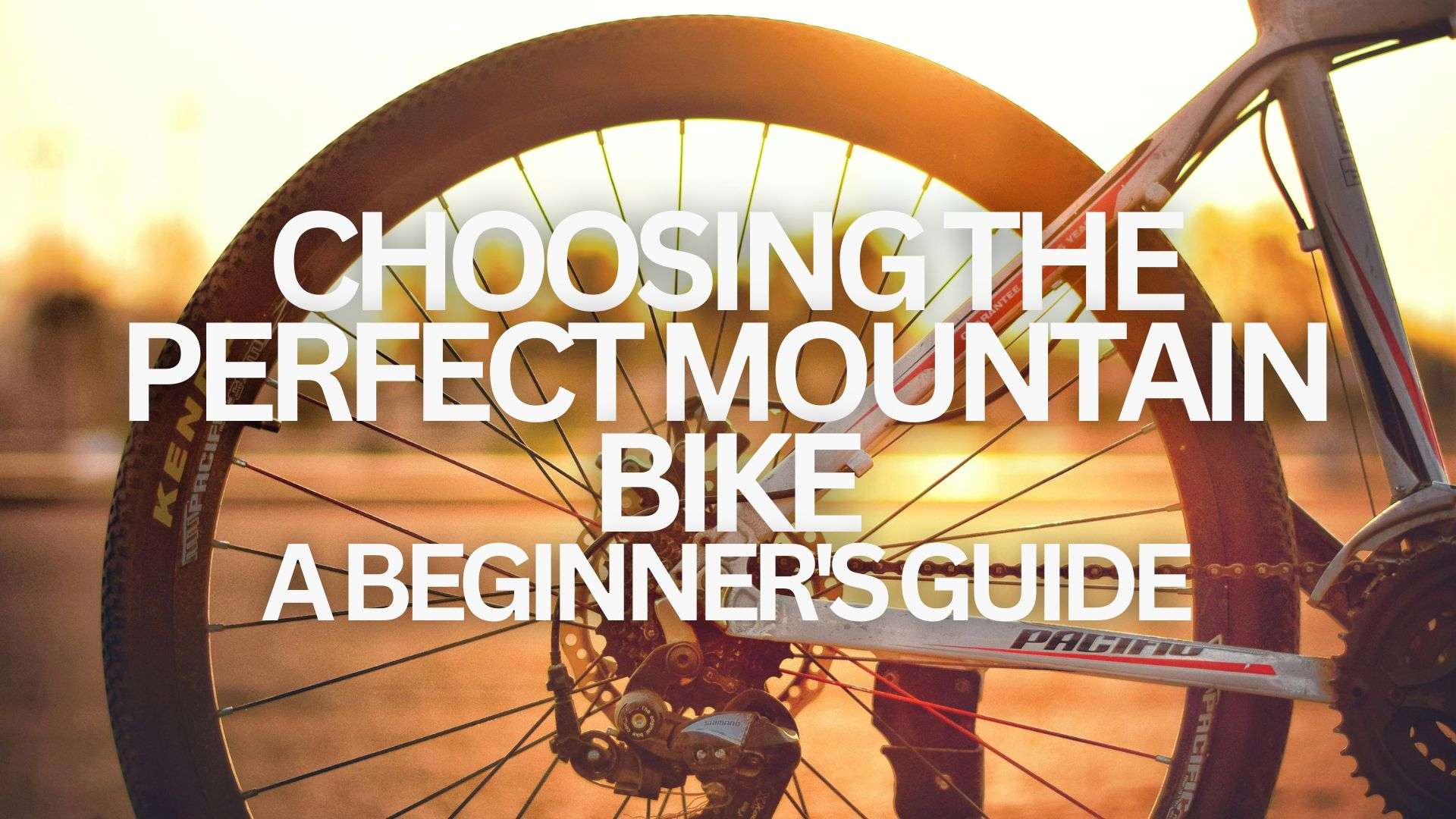
04 Jul Choosing the Perfect Mountain Bike: A Beginner’s Guide
Choosing the Perfect Mountain Bike: A Beginner’s Guide
Mountain biking is an exhilarating way to explore the great outdoors, offering both adventure and exercise. Choosing the right mountain bike can significantly enhance your riding experience. Here’s a guide to help you make an informed decision.
1. Determine Your Riding Style
Before you start looking at bikes, consider the type of riding you’ll be doing. Mountain bikes are designed for different terrains and riding styles:
- Cross-Country (XC): Best for long distances and smooth trails. These bikes are lightweight and efficient.
- Trail: A versatile choice for most riders, suited for varied terrain and technical trails.
- All-Mountain/Enduro: Designed for steep, rough terrain. These bikes are robust and have more suspension travel.
- Downhill: Built for speed on steep, downhill trails. They have heavy-duty frames and high suspension travel.
- Fat Bikes: With oversized tires, these bikes are perfect for snow, sand, and loose surfaces.
2. Get the Right Size
Bike sizing is crucial for comfort and performance. Mountain bike sizes are generally categorized by frame size (S, M, L, etc.) or by inches (15”, 17”, etc.). Here’s how to find the right fit:
- Stand-Over Height: Ensure there’s at least a 2-3 inch clearance between the top tube and your crotch.
- Reach: A comfortable reach to the handlebars without straining.
- Test Ride: If possible, test ride different sizes to see which feels best.

3. Understand the Components
A mountain bike’s components play a significant role in its performance. Here are some key parts to consider:
- Frame Material: Common materials include aluminum (lightweight and affordable), carbon fiber (light and strong but expensive), and steel (durable and comfortable but heavier).
- Suspension: Hardtail (front suspension only) or full suspension (front and rear). Full suspension offers more comfort and control on rough terrain but is costlier.
- Brakes: Disc brakes (mechanical or hydraulic) are preferred for better stopping power and performance in wet conditions.
- Drivetrain: The gears and shifting system. More gears provide a broader range for different terrains, while single-speed bikes are simpler and lighter.
- Tires: Wider tires provide better traction and comfort on rough trails. Tubeless tires can offer better performance and fewer flats.
4. Budget Considerations
Mountain bikes come in a wide range of prices. Here’s a rough guide:
- Entry-Level ($300-$1,000): Basic components and heavier frames. Suitable for beginners.
- Mid-Range ($1,000-$3,000): Better components, lighter frames, and more advanced features.
- High-End ($3,000 and up): Top-tier components, lightest frames, and the latest technology. Ideal for serious riders and competitive racing.

5. Reliable Brands
Several brands are known for their quality and reliability. Some of the most reputable include:
- Trek: Known for their innovation and extensive range.
- Specialized: Offers a variety of models for different riding styles.
- Giant: One of the largest manufacturers, offering good value for money.
- Santa Cruz: High-performance bikes, particularly for trail and downhill.
- Canyon: Direct-to-consumer model offering high-quality bikes at competitive prices.
6. Additional Tips
- Maintenance: Regular maintenance extends your bike’s lifespan. Learn basic bike care or find a reliable local bike shop.
- Upgrades: Over time, you can upgrade components like tires, saddles, or handlebars to suit your evolving needs.
- Accessories: Invest in essential gear like helmets, gloves, and hydration packs for safety and comfort.

Conclusion
Choosing the right mountain bike involves considering your riding style, getting the right size, understanding the components, and balancing your budget. By taking the time to research and test different options, you’ll find a bike that enhances your riding experience and keeps you excited to hit the trails.
Now that you’ve got an idea on what bike you’re going to get, let’s have a look at some exciting trails near you!
Happy riding!
Check out ActiFinder here!

Sorry, the comment form is closed at this time.